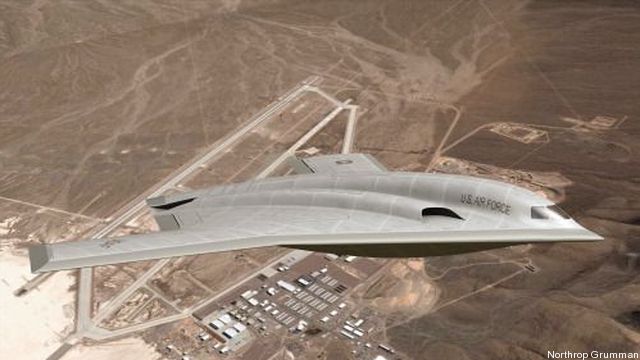New Bomber Program ‘Underway’ But Cloaked in Secrecy
Posted on

ORLANDO: America’s new long-range bomber program is “underway,” will involve somewhere between 80 and 100 planes and will be delivered sometime in the mid-2020’s.
“And that’s about all we’re saying,” Air Force Secretary Mike Donley told reporters. It’s been known for some time that the bombers will not fly alone but will be part of a family of systems that may include UAVs and other systems.
The really interesting part of all this is the secrecy and why it’s so dark. It would seem to indicate several things: that the U.S. does not want potential competitors such as China or Russia to know how advanced a system will be delivered or exactly what capabilities it will involve; that the Air Force is still putting the larger architecture together, deciding which capabilities will be available.
The bomber will almost certainly include an unmanned capability, but no one has made a formal decision yet, an Air Force source told me. Many of the important subsystems have not yet been chosen, this source said. Even presuming that the $4 billion for the bomber in the 2013 budget submission spread over five years is supplemented by a few billion more in the black budget that is not much money to build 80 to 100 planes that will cost at least $550 million each. Even if that is flyaway cost — which excludes research and development costs — building a bomber able to penetrate denied airspace and fly thousands of miles to do it without refueling has never been cheap.
And then there are the arcane details about just what we’re talking about when it comes to the Long Range Strike Bomber, as the Air Force’s head of Global Strike, Lt. Gen. James Kowalski, calls it. On the one hand, Kowalksi told reporters today that there is a family comprising: the long-range standoff missile (nuclear warhead for striking targets deep inside a country); conventional Prompt Global Strike, designed to strike any target in the world within one hour; and the ground-based successor to the Minuteman ICBM, which he called the ground-based strategic deterrent..
But the bomber also comprises a family of systems, thought to include an array of highly capable sensors, the long range standoff missile, some sort of stealth approach and the usual communications suites. It is also assumed by many to include a highly capable intelligence, surveillance and reconnaissance suite — something like a successor to those on-board the F-35. There’s been persistent talk of UAVs that fly with the bomber or supplement it, but almost no details are known.
And we know the Pratt & Whitney is doing development work — at least — on the plane’s engines.
So, we have a system that’s “underway,” is secret and about which we know very little other than it will be amazing and be relatively cheap, somehow. Hmmm.
Subscribe to our newsletter
Promotions, new products and sales. Directly to your inbox.
